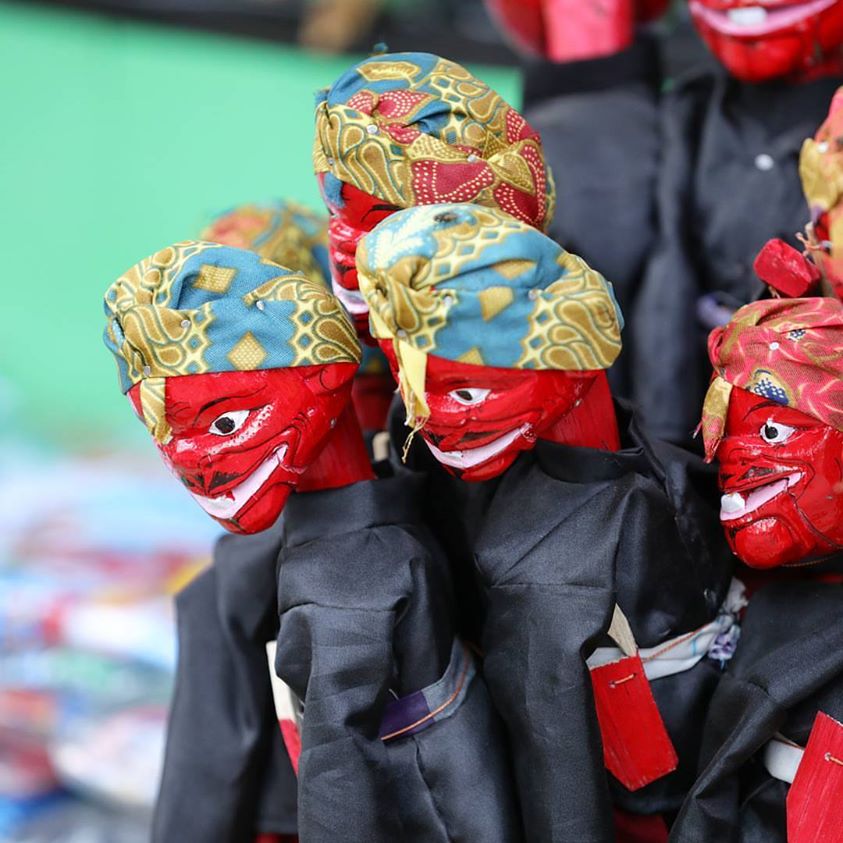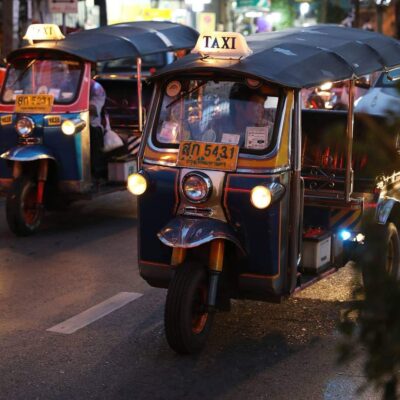Recently, Victorians have been shocked to hear of sustained anti-Semitic bullying occurring in two public schools. The Victorian Education Minister, James Merlino, has ordered an immediate review of the way the two schools have apparently dealt with the incidents. Last week, a group of 10 boys at St Kevin’s College in Melbourne were suspended after performing a sexist chant on a tram, with former students claiming that their concerns about a rampant sexist culture at the school had gone unheeded.
What is happening in our schools reflects our changing society. Around the world, people are finding it hard to have genuine conversations with one another. Read the latest tweet, pick up a paper – the focus is on conflict, turmoil, and a form of tribalism where individuals and nations dig into their respective corners and fire verbal potshots across a virtual terrain.
Schools are no different. They’re not immune from society’s ills. As “micropublics”, they reflect and refract the challenging conversations and social and political disharmonies that societies are experiencing.
How do school leaders grapple with this increasing sense of conflict and disharmony? How do they foster socially cohesive school communities in ways that don’t silence or shut down individuals or groups, but instead positively model how students can engage in productive and thoughtful dialogue while learning that it’s OK to not always agree with one another? Is it even possible for schools to do this? What about topics that are so “hot” that there can seem to be no escaping conflict?
Our study, “Leading for social cohesion: How principals respond to ‘challenging conversations’ about social and political volatilities and disharmonies”, set out to explore these issues. Funded by the Victorian Department of Premier and Cabinet’s Social Inclusion Unit, our team – myself, Professor Lucas Walsh, Professor Amanda Keddie, Dr Luke Howie, Dr Nicola Sum and Dr Fiona Longmuir – worked with three public schools that represented the rich social fabric of Victoria. They were ethnically varied, encompassed a range of faith traditions, and ranged from well-heeled and socially progressive to high levels of poverty and social disadvantage with some families experiencing multi-generational unemployment. All were achieving highly when it came to academic outcomes as measured by indicators such as NAPLAN results.
However, what united them was crucial – they were nominated as modelling exemplary practices when it came to building social cohesion within their schools and broader communities. How did they do this? What might we learn from them that we could apply to our broader society?
#SocialCohesion #SchoolLeadership #ChallengingConversations #BuildingCommunity #PositiveDialogue #EducationMatters #InclusionMatters #AddressingConflict #LearningTogether #SchoolsReflectSociety
Acknowledgements
The text source is the lens.monash.edu website, where the full text (PDF) , written by Jane Wilkinson (2019), a Professor at the School of Education Culture and Society, can be downloaded.




